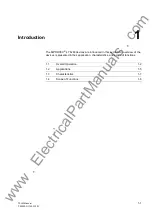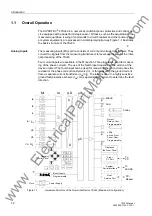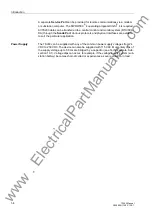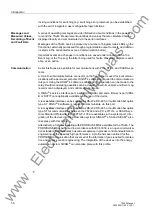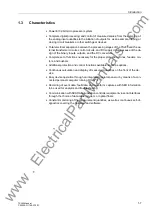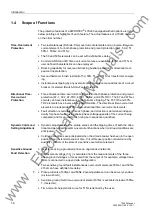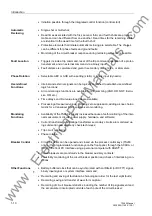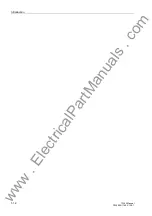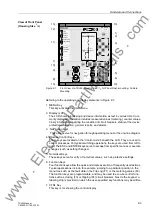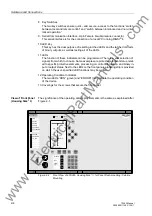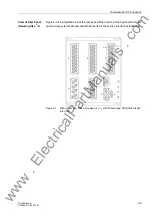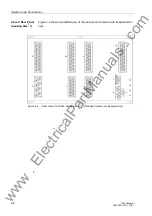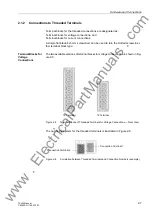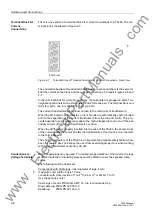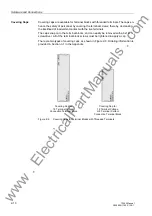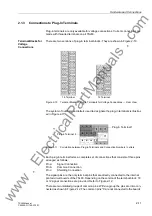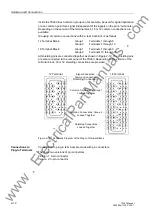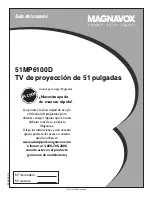
Introduction
1-10
7SJ63 Manual
C53000-G1140-C120-1
•
Initiation possible through the integrated control function (control start).
Automatic
Reclosing
•
Single-shot or multi-shot;
•
Dead times associated with the first, second, third, and fourth shots are program-
mable and can be different from one another. Dead times for the remaining shots
are identical to the dead time for the fourth shot;
•
Protective elements that initiate automatic reclosing are selectable. The choices
can be different for phase faults and ground faults;
•
Monitoring of the circuit breaker response during reclosing sequence is possible.
Fault Location
•
Triggers include a trip command, reset of the trip command, operation of a protec-
tive element, and an external command via a binary input;
•
Fault distance is calculated and given in secondary ohms, miles, or kilometers.
Phase Rotation
•
Selectable ABC or ACB with a setting (static) or binary input (dynamic).
User-defined
Functions
•
Internal and external signals can be logically combined to establish user-defined
logic functions;
•
All common logic functions are available for programming (AND, OR,NOT, Exclu-
sive OR, etc.);
•
Time delays and limit value inquiries are available;
•
Processing of measured values, including zero suppression, adding a knee charac-
teristic for a transducer input, and live-zero monitoring.
Monitoring
Functions
•
Availability of the 7SJ63 is greatly increased because of self-monitoring of the inter-
nal measurement circuits, power supply, hardware, and software;
•
Current transformer and voltage transformer secondary circuits are monitored us-
ing summation and symmetry check techniques;
•
Trip circuit monitoring;
•
Phase rotation.
Breaker Control
•
Circuit breakers can be opened and closed via the process control keys (7SJ63
only) or the programmable function keys on the front panel, through the SCADA, or
through the front PC interface using a personal computer with DIGSI
®
4;
•
Circuit breakers are monitored via the breaker auxiliary contacts;
•
Plausibility monitoring of the circuit breaker position and check of interlocking con-
ditions.
Other Functions
•
Battery-buffered clock that can be synchronized with an IRIG-B (or DCF77) signal,
binary input signal, or system interface command;
•
Recording and saving of fault data in chronological order for the last eight faults;
•
Recording, saving and transfer of waveform capture;
•
Recording of circuit breaker statistics including the number of trip signals sent and
the accumulated, interrupted currents of each pole of the circuit breaker;
www
. ElectricalPartManuals
. com






